Poliomyelitis, also known as polio, is a highly infectious disease spread from person to person.
This disease had been known for thousands of years, but children were often infected when very young and developed immunity as babies.
Major outbreaks began in the late 19th century in the United States and Europe and continued until the 1950s when the vaccine was discovered.
While most children infected with poliovirus recover after several weeks and might require physical therapy, more severe cases will result in paralysis.
The paralysis can affect the muscles used for breathing and result in death. But one boy from Texas was determined to beat the odds. His name is Paul Alexander, and this is his story.


Polio Outbreak
Paul Richard Alexander was born on January 10th, 1946, in Dallas, Texas. He lived with his parents and two brothers, Nick and Phil.
In the summer of 1952, the entire Dallas area was dealing with a polio outbreak, which resulted in a massive panic among parents trying to protect their children.
Even though it was a summer break, the streets seemed almost deserted since barely any youngsters were hanging out in groups, enjoying the warm weather.
Paul was six years old in July 1952. One day, he was playing on the front lawn of the suburban family house. But Paul felt something was wrong with him. His neck and head hurt, so he went into the kitchen to tell his mother.
As soon as she saw the boy, the mother knew he was sick. Paul had a high fever and was ordered to stay in bed.
His limbs hurt, and the boy’s parents called the family doctor, who immediately diagnosed Paul with polio. However, they were advised to keep their son home because the hospitals were full.
The doctor reassured them Paul would recover on his own. But five days later, Paul was feeling worse. He couldn’t speak or swallow, so the parents ignored the doctor’s advice and went directly to Parkland Hospital.
As expected, the hospital was full of sick children, and there weren’t enough doctors and nurses to get to everyone. After the first examination, Paul’s mother was informed her son was going to die because they arrived too late.
Another doctor noticed Paul in the hallway, examined the boy, and rushed him to the operating room to perform a tracheotomy to clear up his lungs.
Three days later, Paul woke up with a vinyl hood over his head. He wasn’t able to move, speak, or cough. The only sound he could hear was from a machine encasing his entire body.
A nurse removed the vinyl hood, and Paul could see dozens of children around him. They were all in iron lungs.
What Is An Iron Lung?
The iron lung is a large cylinder created to help patients who can’t move their respiratory muscles.
It is a negative pressure ventilator that stimulates breathing thanks to cycling of the air pressure. Those cycles promote inhalation and exaltation.
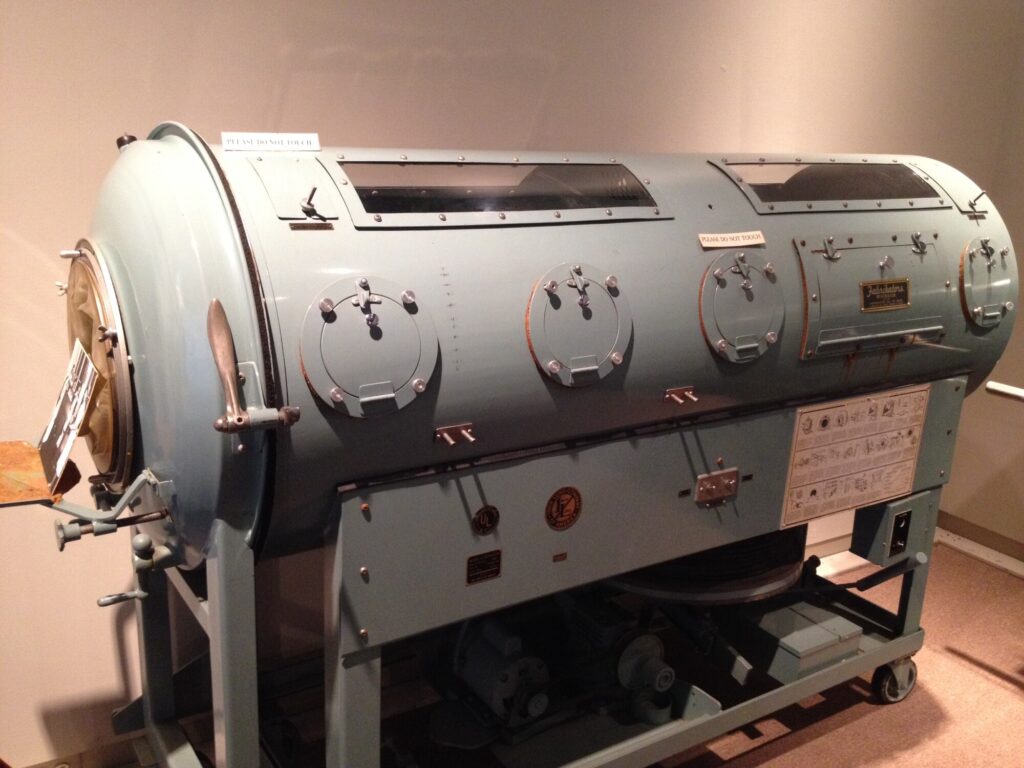
The machine was created in the 1920s to treat coal gas poisoning, but it became more frequently used to help children during the polio outbreaks until the 1950s.
Iron lungs have saved many lives and allowed patients to recover from polio. But some ended up needing the iron lung their entire lives, and one of them was Paul.
Learning How To Breathe
Paul’s stay in the hospital was stressful since he could often hear nurses and doctors talking among themselves about his condition. They were all surprised he was still alive.
He couldn’t talk or signal someone to clean him up. Communicating with other children was impossible. But his parents were at the hospital every day, making sure their son didn’t feel alone.
Paul stayed in Parkland Hospital for 18 months. He was paralyzed from the neck down and had lost control of his respiratory muscles, but remained focused on his recovery.
Of course, some days were more challenging than others, but he was fixated on the possibility of returning home one day. And his dream came true on Christmas Eve in 1953.

The truth was, doctors thought he would die soon, and they allowed him to be with his family.
Paul’s iron lung was massive, so using the family car wasn’t an option. Instead, his parents rented a truck equipped with a portable generator.
Surprisingly, Paul started eating better and gained weight. He was more optimistic and happier. His parents kept a close eye on him during the nighttime in case there was a blackout.
In 1954, a physical therapist from the March of Dimes contacted the Alexander family. Mrs. Sullivan began working with Paul twice a week, and he mentioned how he would sometimes gulp and force some air down his lungs.
The therapist immediately recognized it as glossopharyngeal breathing, and the two explored that technique.
She challenged Paul to learn how to breathe outside the iron lung for three minutes. If he succeeded, the boy would get a puppy. Paul finally aced it after one year and received his prize – a little dog he named Ginger.
He continued working on the breathing technique and soon could go out into the yard without the machine.
Continuing The Education
Wanting her son to have a proper education, Paul’s mother decided to teach him how to read. He got sick the summer before his first grade and never got a chance to attend school.
Unfortunately, the school system wasn’t open to disabled students taking classes from home.
But in 1959, Paul, now 13 years old, was allowed to participate in a new program created for children who couldn’t physically attend classes.
Despite not going to school, Paul had a lot of friends his age. He would go out with them in his wheelchair and do typical teenage stuff like hanging out at a movie theater or a café.
Paul graduated high school in 1967 when he was 21 and applied to Southern Methodist University in his hometown. However, he was rejected because of his disability.
The university ignored the fact that Paul was a straight-A student and had outstanding grades in high school.
Paul’s teachers supported the young man in his quest for higher education, and he was eventually accepted on a scholarship. However, the university requested he have a caregiver. Paul became the only student on campus in a wheelchair.
After a failed engagement with a fellow student named Claire, Paul transferred to the University of Texas in Austin. That meant he would be away from home for the first time and living in a dorm.
But Paul continued to amaze everyone around him with his independence.
He graduated in 1978 and immediately set the next goal – a postgraduate law degree.
Paul completed his postgraduate studies in 1984 and became a teacher at a trade school. In May 1986, now 40-year-old Paul passed the bar exam. He returned to Dallas and began working as a lawyer.
Independent Living
Being fully independent was impossible for Paul, but he didn’t want to return to his childhood home. Instead, he rented an apartment and placed an ad for a caregiver in the local newspaper.
A woman named Kathy Gaines contacted Paul, and the two clicked right away. She helped him organize his workdays, schedule meetings, cook food, and, most importantly, she learned everything about operating the iron lung.
The two continued to live either together or as neighbors for decades. But the pair never had a romantic relationship. They are best friends who overcame various obstacles together.
Recognizing Paul’s greatness, Kathy gave him the idea to write a memoir. And Paul did so with a plastic stick glued to a pen to type on his keyboard. Since his initial hospitalisation, he had been using this tool to communicate or paint.
Paul’s book, Three Minutes for a Dog: My Life in an Iron Lung, was published in April 2020, and it took him eight years to complete the final version.
In it, Paul says that learning how to breathe on his own was a pivotal moment in his life because it allowed him to be outside the iron lung during the day, which opened up the world of possibilities.
In the last decade, Paul has been admitted to hospital several times because of respiratory infections. Kathy accompanied him and ensured he was well cared for by the hospital staff. He kept using his old iron lung until 2015, when it began leaking air.
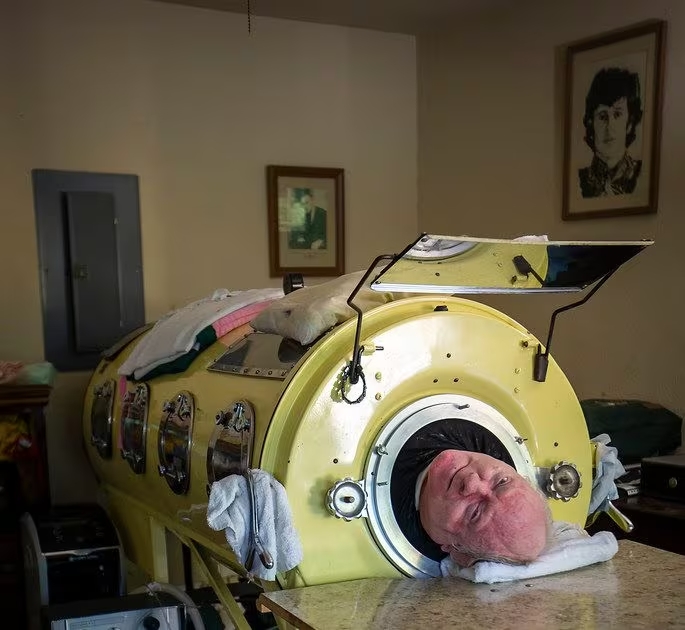
Since polio has been almost eradicated worldwide thanks to vaccination, this machine is rare now, and finding original parts is challenging. Luckily, an engineer from Dallas contacted Paul and fixed the problem.
In March of 2023, Paul became the person who has spent the longest time in an iron lung, according to the Guinness World Records. Unfortunately, Paul is currently struggling to afford healthcare because he needs around-the-clock care.
Plus, his iron lung requires regular maintenance, and Paul doesn’t want to switch to a modern breathing machine because he’s scared of having a hole in his throat.
Paul sadly passed away on March 11th, 2014. He was 78 years old.
Sources
https://www.dailymail.co.uk/news/article-12464879/Man-lived-iron-lung-70-years-explains-why.html
https://nypost.com/2023/08/31/how-polio-paul-survived-living-in-an-iron-lung-for-70-years/
https://www.theguardian.com/society/2020/may/26/last-iron-lung-paul-alexander-polio-coronavirus

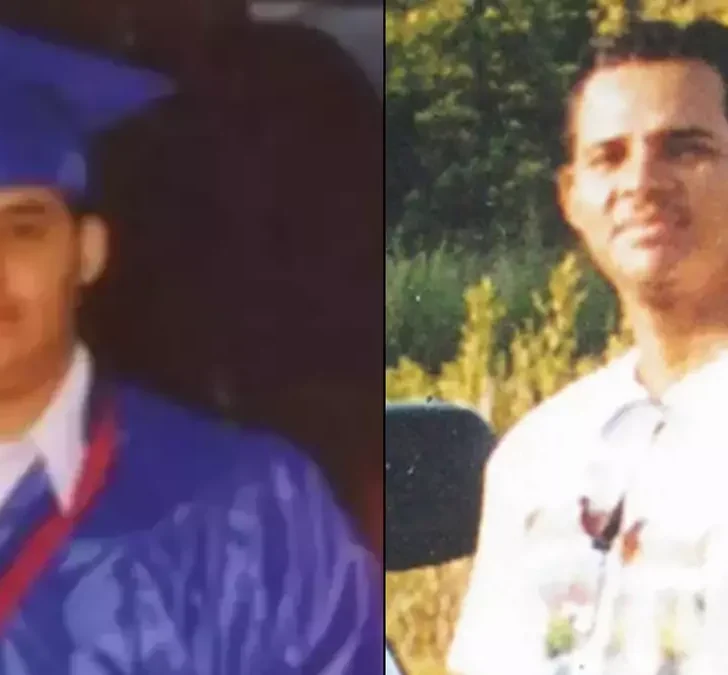
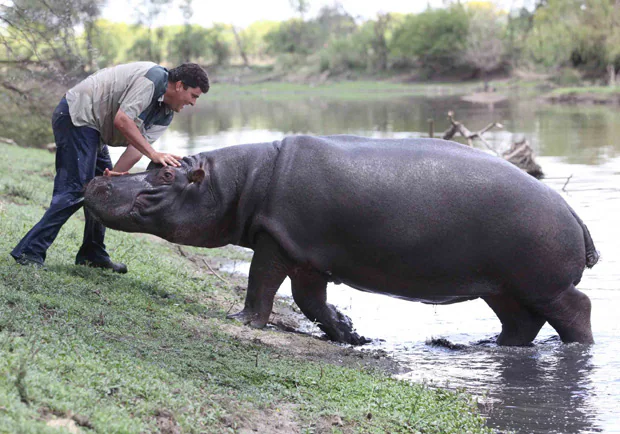
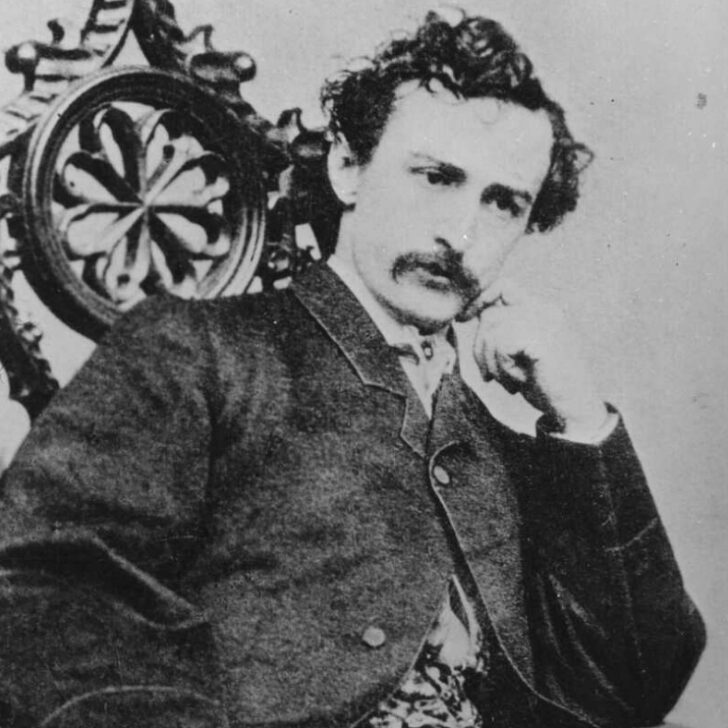
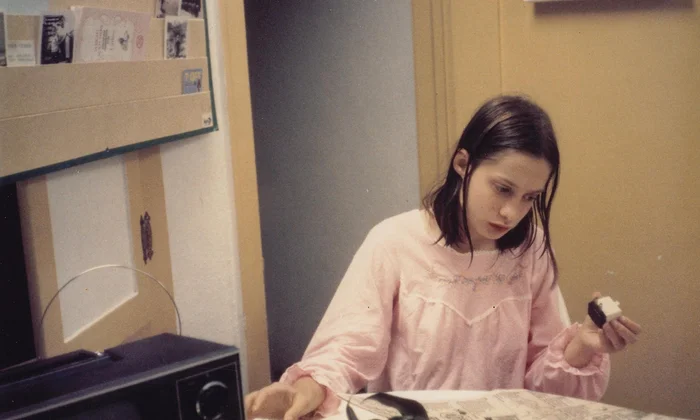








Leave a comment